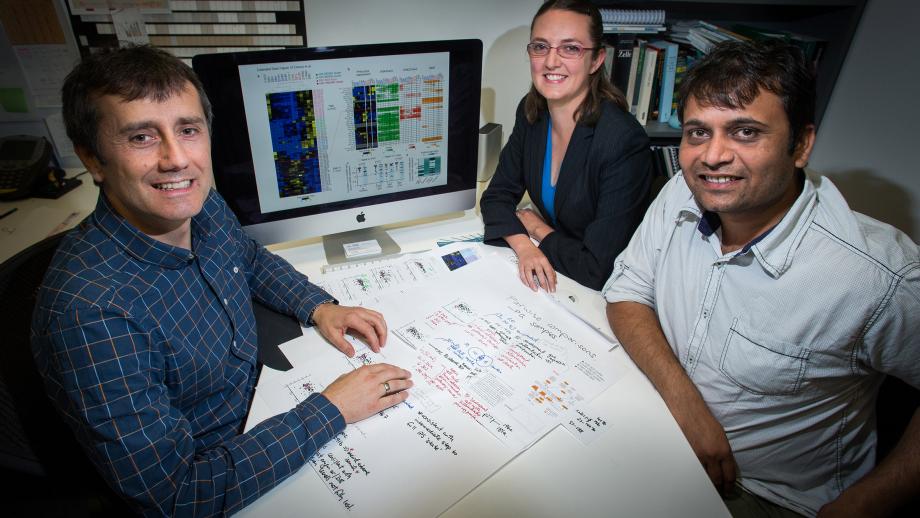Unlocking the secrets of stem cell generation

International scientists have carried out the most detailed study of how specialised body cells can be reprogrammed to be like cells from the early embryo.
The findings are a major advance in stem cell science and could help usher in a new era of regenerative medicine, where a small sample of a patient’s cells could be used to grow new tissues and organs for transplant.
“This kind of work will speed up the development of treatments for many illnesses that currently have no cure,” said Professor Thomas Preiss from The John Curtin School of Medical Research.
“It could one day lead to treatments for age-related macular degeneration, Parkinson’s, Alzheimer’s, spinal cord injury, stroke, diabetes, blood and kidney diseases, and many others which are associated with tissue damage and cell loss.”
Professor Preiss and the team at ANU were part of the international consortium known as Project Grandiose, which mapped the detailed molecular process involved in the generation of induced pluripotent stem cells (iPS).
The discovery that body cells can in principle be coaxed to become iPS cells led to the award of the Nobel Prize for Physiology or Medicine in 2012. Since then there has been a surge in global research to better understand iPS cell reprogramming, as it might help avoid the ethically-sensitive use of embryo-derived cells.
“The race is on to make reprogramming a safe and efficient process so that the resulting stem cells can be broadly applied in therapies,” Professor Preiss said.
“We have described in unprecedented detail the molecular changes that cells undergo as they reprogram into stem cells and also discovered a new kind of pluripotent cell that can be seen as a prototype for therapeutic cell production.”
Humans come from just one cell, the fertilised egg, and this cell contains within its DNA a series of instructions to make all of the different types of cells in the body.
“The new type of stem cell we identified and characterised is easier to grow and manipulate, which will aid in drug screening efforts and disease modelling in the laboratory,” he said.
Project Grandiose involved researchers in Australia, Canada, The Netherlands and South Korea and was led by Professor Andras Nagy at Toronto’s Mount Sinai Hospital.
The consortium will publish five papers simultaneously in Nature and Nature Communications.
Project Grandiose involved around 50 experts in stem cell biology and genomics technologies from leading laboratories, including scientists at ANU, The University of Sydney, University of Queensland, the Victor Chang Cardiac Research Institute and the QIMR Berghofer Medical Research Institute.
ANU researchers contributed ideas, data and analysis to four of the papers and coordinated the efforts with other contributors around Australia. Professor Preiss is the lead author on the paper entitled Small RNA changes en route to distinct cellular states of induced pluripotency.
The consortium looked at different molecular levels of the reprogramming process termed epigenomics, transcriptomics and proteomics, identifying which combination of genes and their activities are changing along the way.
Professor Preiss and his team at ANU focused on using transcriptomics to study a type of small noncoding Ribonucleic acid called microRNA, which are important cellular regulators.
“The published papers represent a global effort to describe changes in different types of cellular macromolecules during reprogramming and to relate patterns across different layers of gene regulation,” he said.
“However, there is much more to be discovered and further explored in the datasets, which are now publically available through stemformatics.org, the collaboration platform of Stem Cells Australia.
He said the data will now be used around the world by researchers working on reprogramming, stem cells, cancer, foetal development and regenerative medicine.
 Follow
Follow